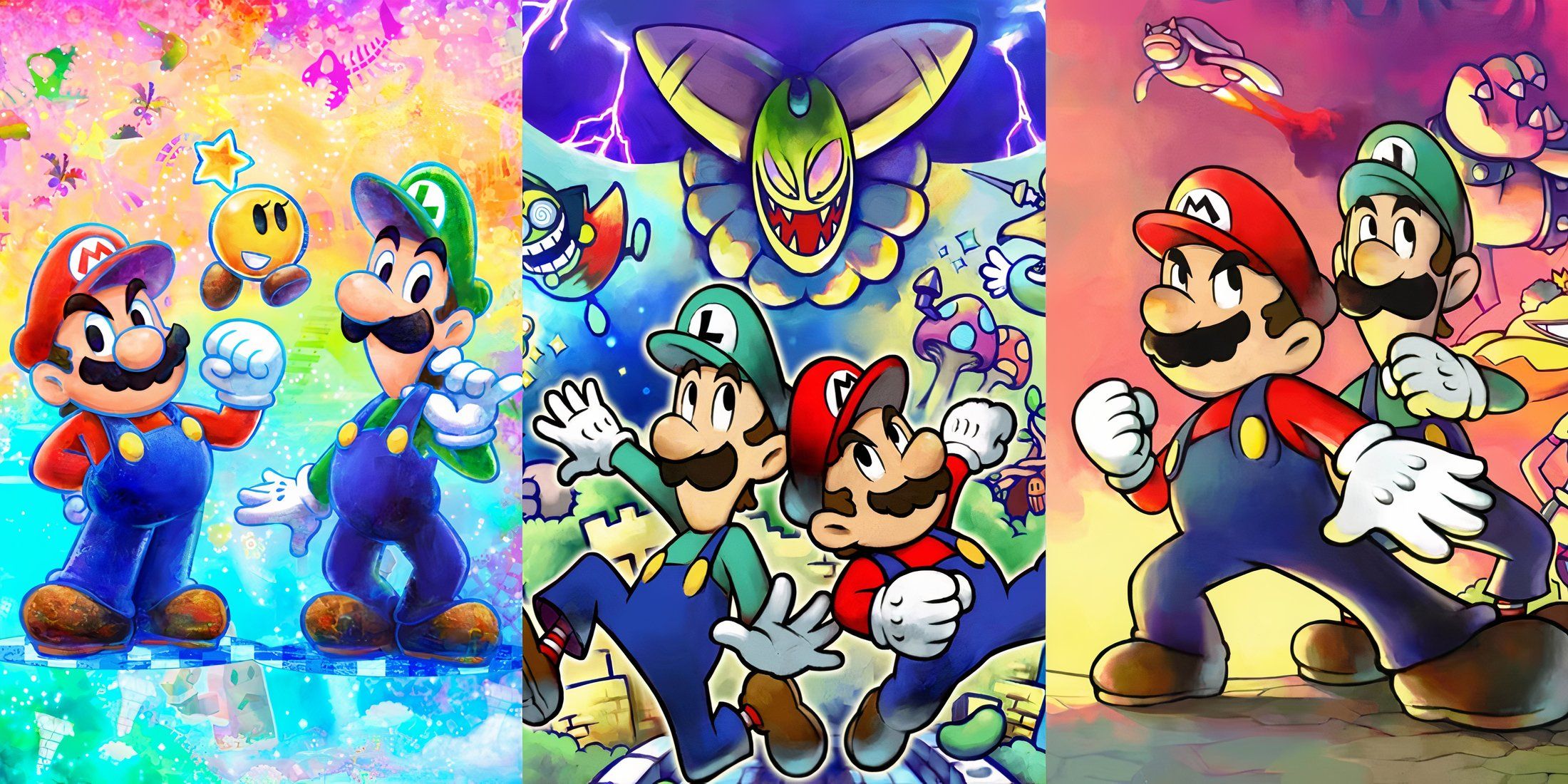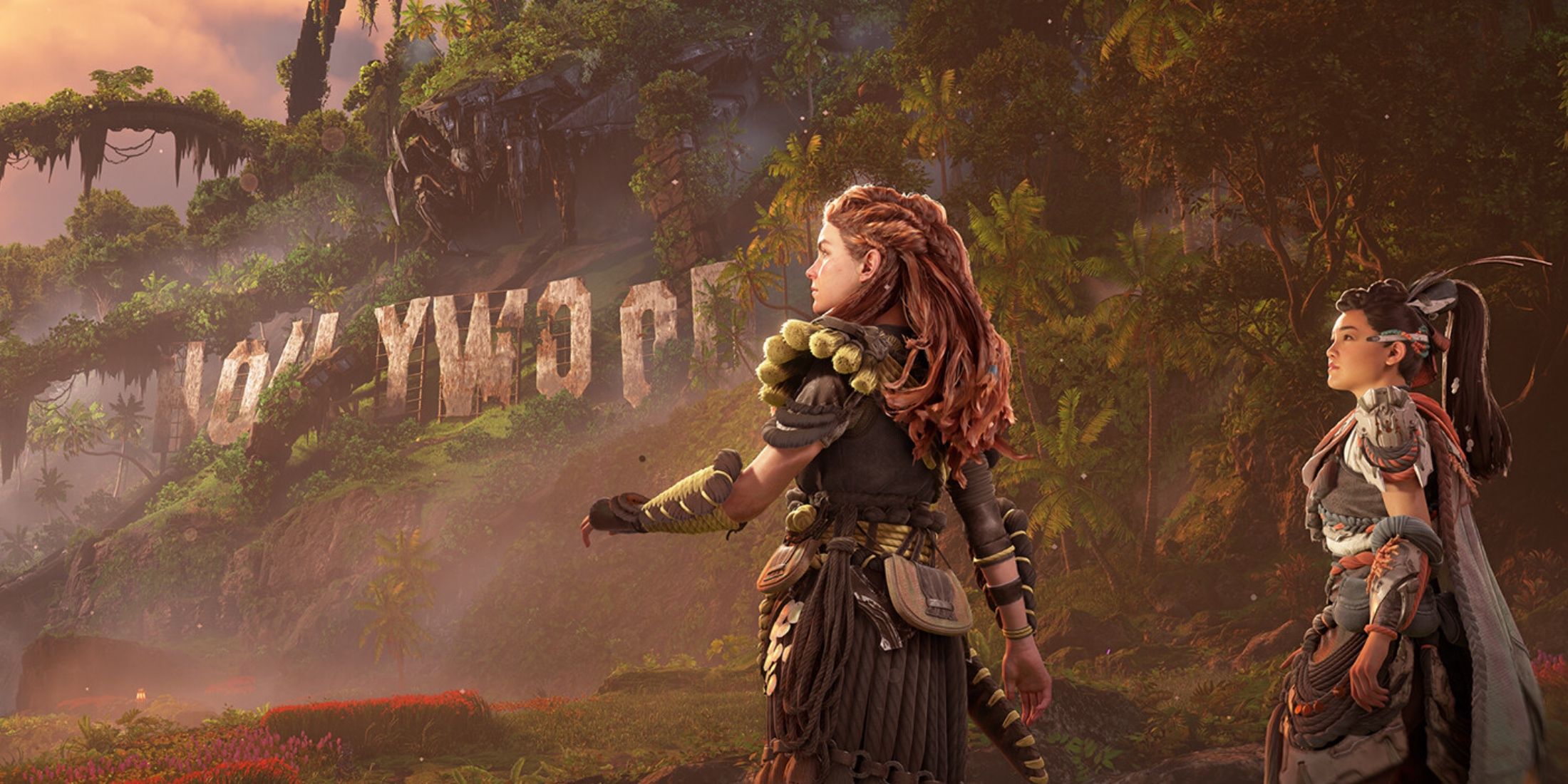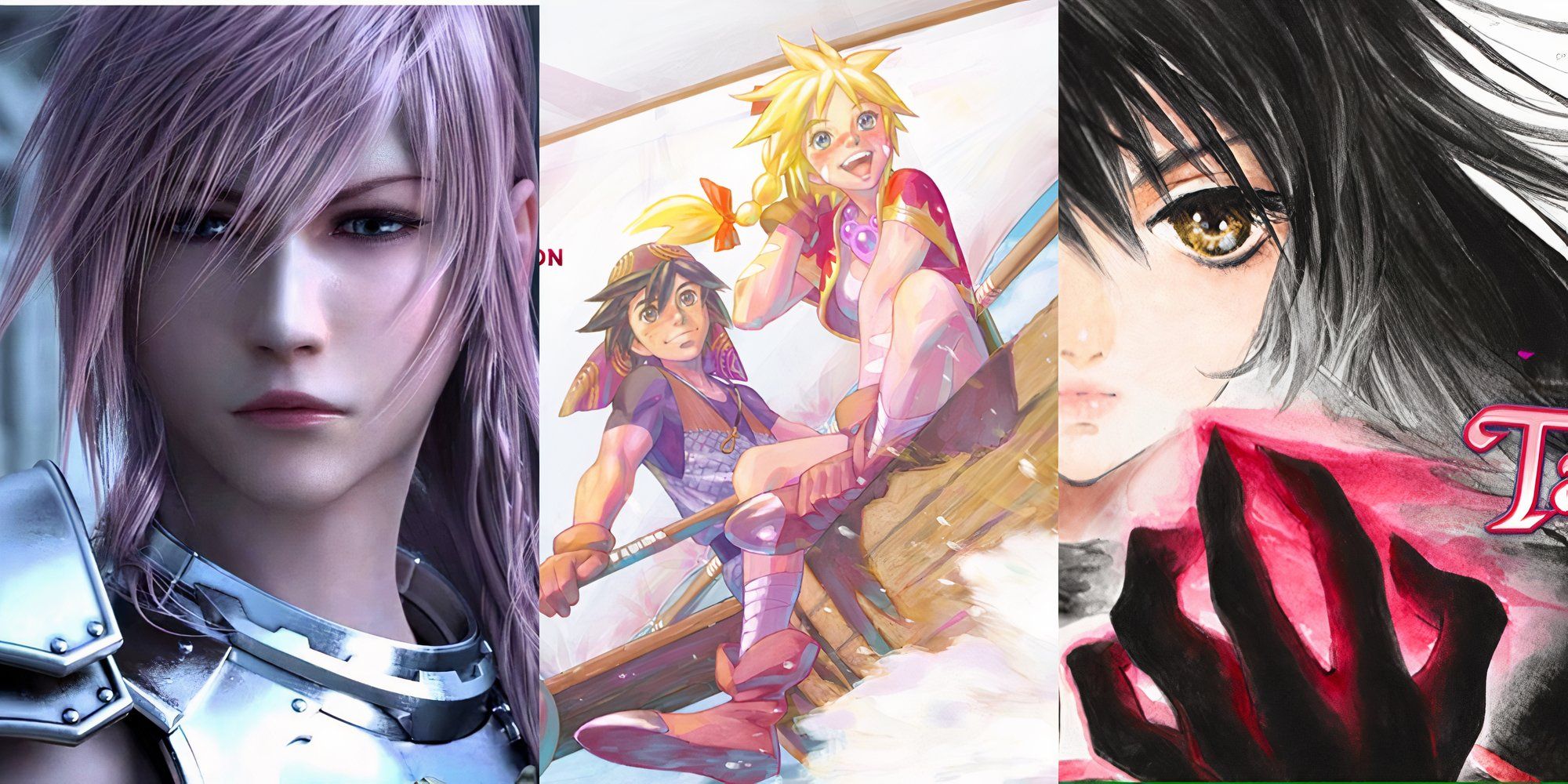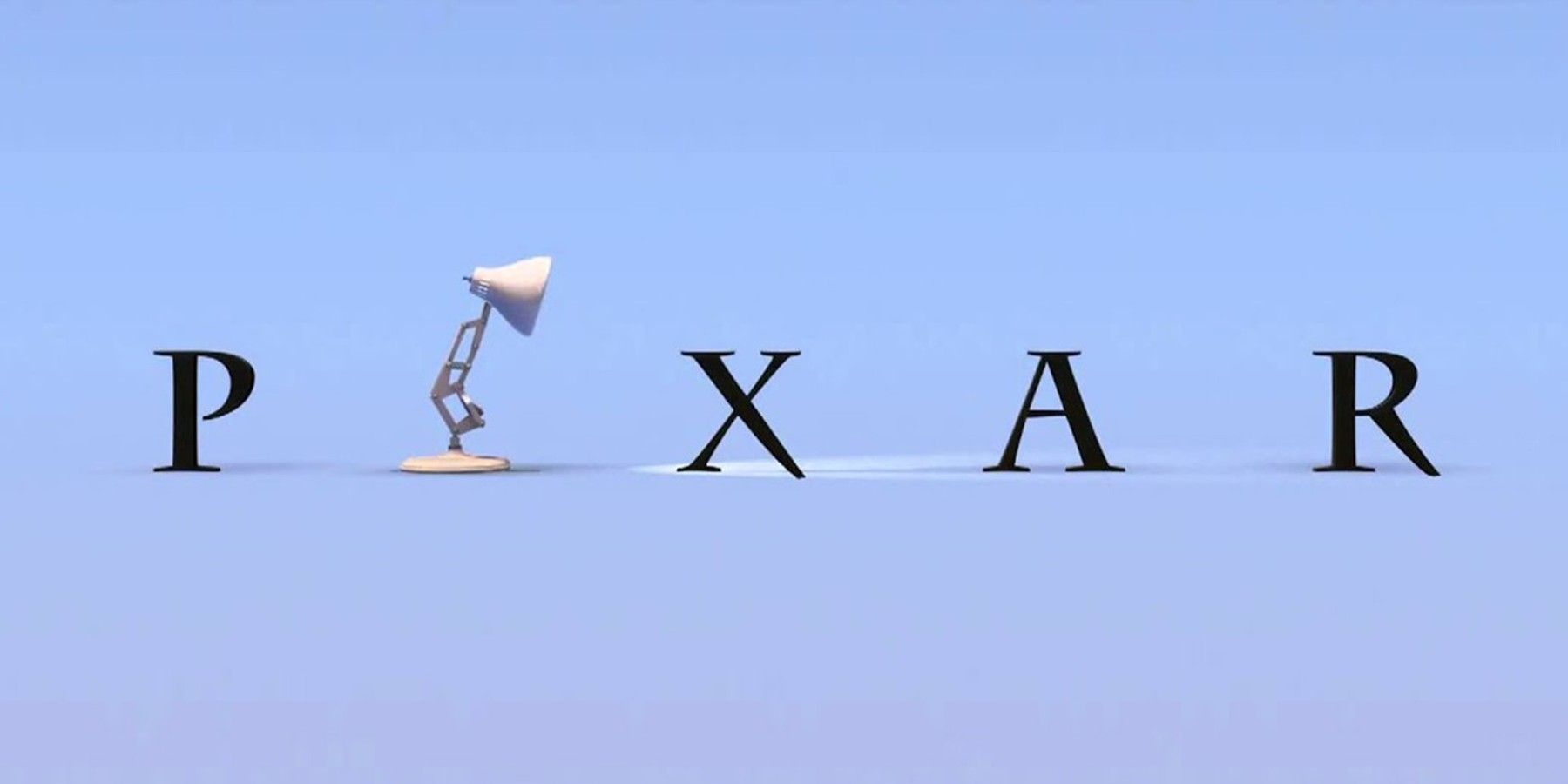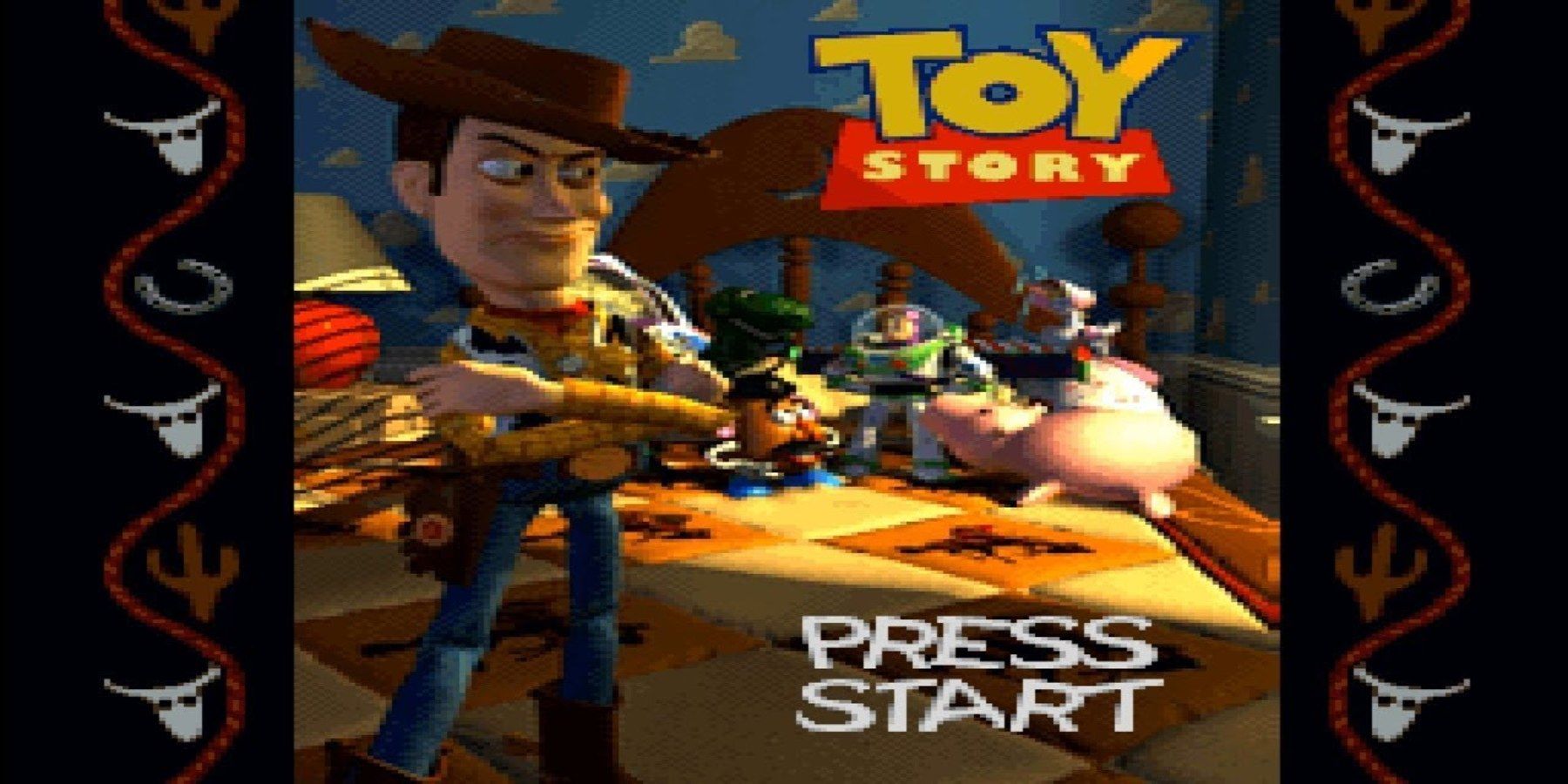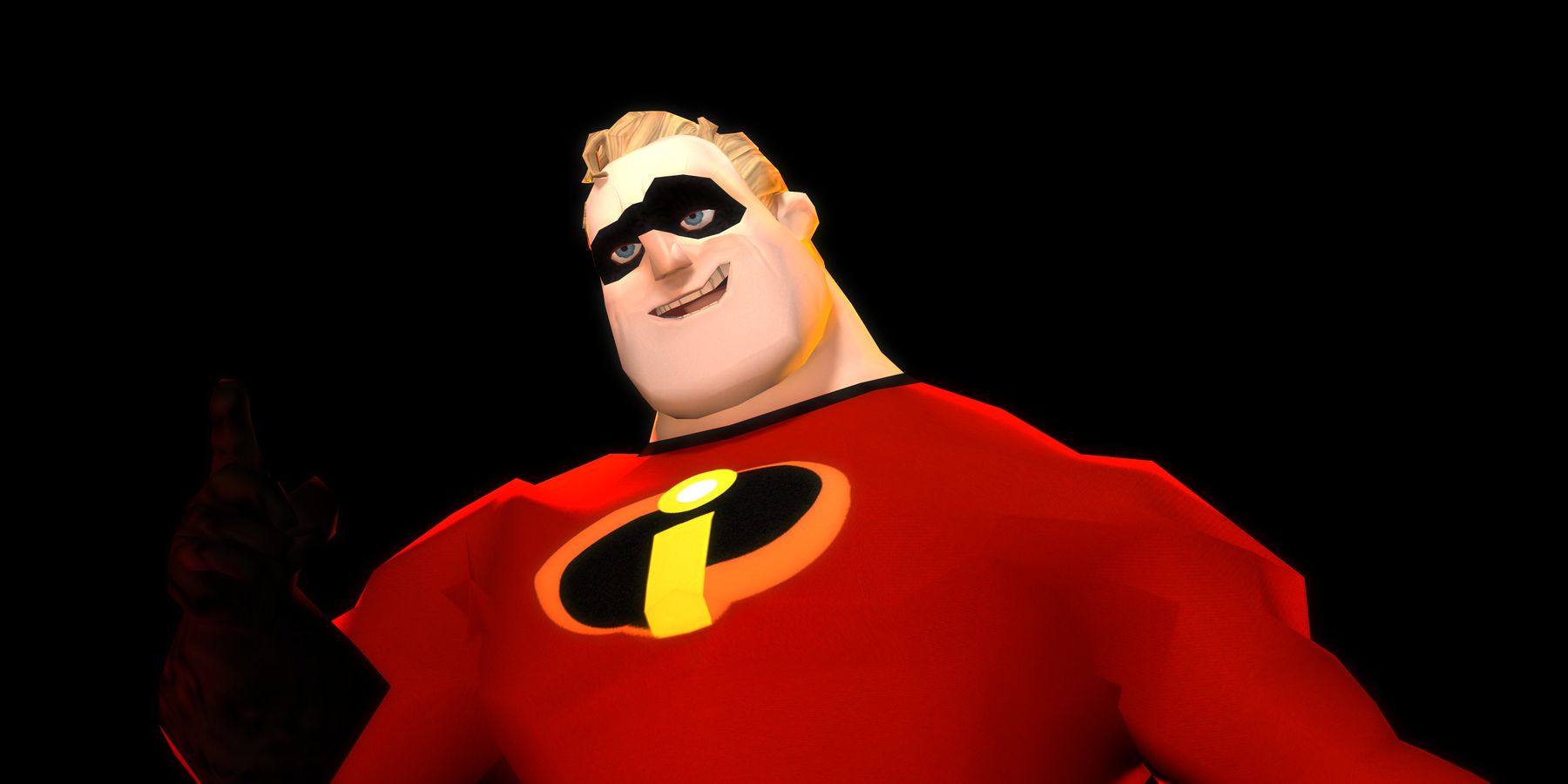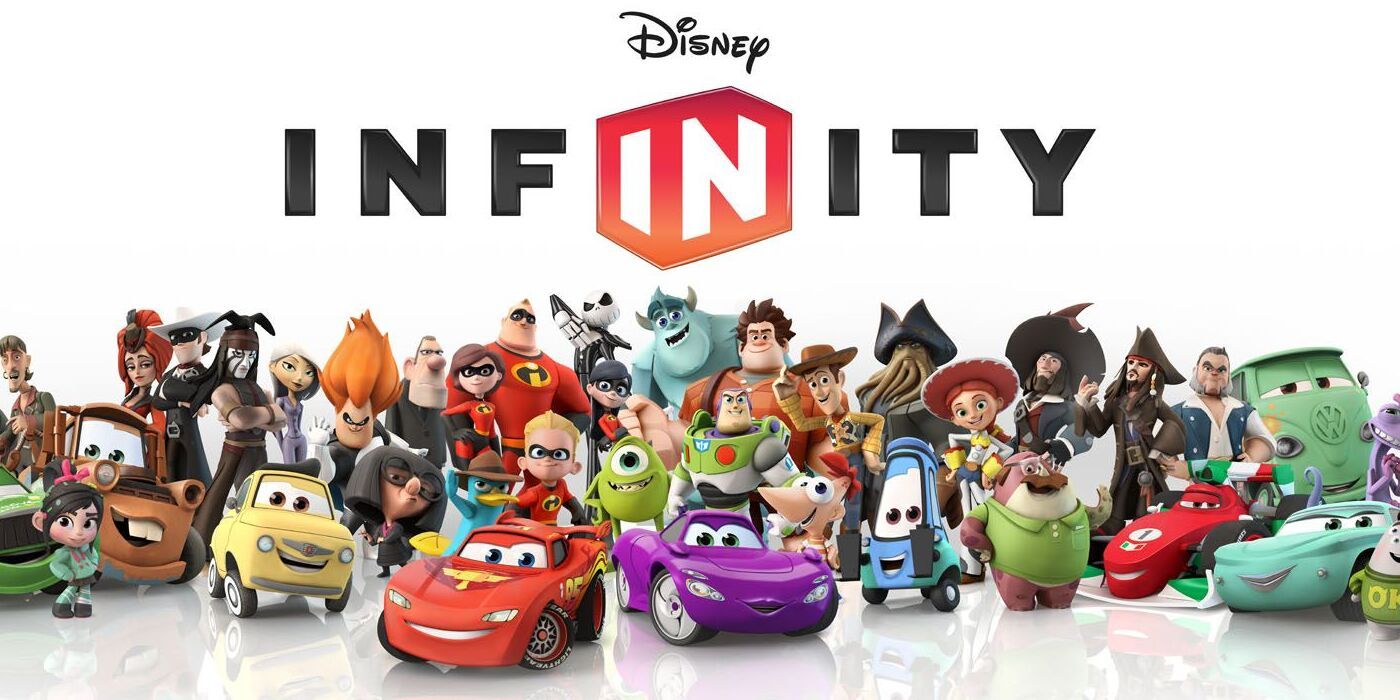Time and time again, Pixar prove itself to be one of, if not the, best Western animation studios. While competitors are plentiful, none come close to matching even Pixar's worst outings, even with some kicking it up a gear in recent years like Sony did with its masterpiece Spider Man: Into The Spiderverse.
Over the last few decades, Pixar has released a vast array of beautifully-animated, thematically rich movies that are adored by adults and children alike. And as is the case with any franchise that's popular, there's sure to be a video game adaptation.
The First Pixar Games
Pixar's long history with video games begins with its very first feature-length outing, Toy Story. Releasing in 1995 for the Sega Genesis, Game Boy, SNES, and PC, Toy Story was a side-scrolling platformer made by the developer Traveller's Tales, the studio most well known for its LEGO games. Players took control of Woody as he made his way through the events of the first movie. Pixar's first foray into the video game market was met with a surprising amount of success, with it being both an enormous critical and commercial success. Reviewers of the time praised the game's visuals and sound, but pointed to its fluctuating difficulty, clunky controls, and unvaried gameplay as downsides.
Traveller's Tales wasted no time, immediately starting production on a tie-in for Pixar's next movie, A Bug's Life. This game released in 1998 for PlayStation, PC, and Game Boy Color, and released in 1999 for the Nintendo 64. Some older Pixar fans may have fond memories of this game from their childhood, with it likely being one of their first 3D platformers. Unfortunately though, critics of the time weren't too hot on the game, saying that it was fine for a kid's game but its poor framerate, unintuitive controls, and short length couldn't be outweighed by the game's charming presentation and visual design.
A game that will likely cause a sudden wave of nostalgia in many, Toy Story 2: Buzz Lightyear to the Rescue brought the large scale world of the movies straight to the players' hands. Here, players take control of Buzz as he explores five different locations based on the second Toy Story movie. These levels are open-ended environments, as opposed to traditional platforming levels that see the player move forward until they reach the end goal. Instead, players are encouraged to explore the level, opening different pathways and unlocking new mini-boss fights and objectives along the way. The stunning visuals (at least for the time) and the all-star cast reprising their voice roles helped to make this game stand out amongst other licensed games of the time, most of which seemed like simple cash-grabs.
The Golden Age of Licensed Games
The PlayStation 2 is known for many things; it was where GTA redefined the open-world genre, where some beloved PlayStation mascots made their debut, but most importantly, it was the home of licensed games. While Monsters Inc. was the first Pixar title on the console, many players are more likely to remember the next release, Finding Nemo. Finding Nemo hit the PS2 in 2003, with it being Traveller's Tales' final Pixar game until its reunion with the franchise with 2018's LEGO Incredibles. Players will likely remember Finding Nemo for its vibrant visuals, whih did a decent job at imitating the unique and open atmosphere of the movie. But again, critics weren't too happy, branding Finding Nemo as a visually-beautiful game, but an incredibly frustrating one in terms of gameplay.
One of the greatest superhero movies of all time, The Incredibles made its way to PlayStation 2 (and other consoles) in 2004. This game let players fight their way through a series of linear levels, with each one being tailored specifically to one type of gameplay (depending on which Incredible they're taking control of.) Despite this game still living in the heart of Pixar fans around the globe, this title was also a bit of a critical disappointment, with outlets stating that the game's clumsy AI led to repetitive combat sequences and the game's short length was disheartening - although they did praise the game's varying gameplay styles.
The Incredibles was soon followed by a sequel, The Incredibles: Rise of the Underminer, which acted as a direct sequel to the movie. While its plot has been rendered entirely non-canon now, Rise of the Underminer's emphasis on 2-player co-op gameplay (with one character controlling Mr. Incredible and one controlling Frozone) made it a blast to play with friends. Still, Rise of the Underminer received fairly lukewarm reviews at the time, with critics citing the game's simple and repetitive combat and same-y environments as clear issues.
To Infinity And Beyond
Once the 7th generation of consoles hit, Pixar's production line started to speed up. Starting with Cars in 2006, every Pixar movie had at least one tie-in game, with movies like Ratatouille receiving several within just one year. The age of licensed games was beginning to rip at the seams, buckling under the enormous weight of the saturated market. Despite being based on some of the most critically acclaimed animated movies of all time, the mixed critical reception of titles like WALL-E and Up meant that they were lost in the sea of other "fine" tie-in adaptations.
In a last ditch effort to capitalize on the Pixar brand, Disney released the toys-to-life game Disney Infinity. Disney Infinity was marketed as a game in which anything was possible, where players could use a "virtual toy box" to bring all of their beloved Disney and Pixar characters to life. However, Disney Infinity's main gimmick made it a difficult sell, with expansion packs of toys being needed to access characters and locations within the game. To play the Cars level, players had to buy the $30 Cars expansion pack. If the high price point wasn't enough of a deterrent for players, then the mediocre gameplay certainly was, and despite releasing two more Disney Infinity games (this time adding Marvel and Star Wars characters,) the whole toys-to-life craze eventually fizzled out.
The last Pixar game released was the aforementioned LEGO Incredibles, which followed the Pixar game trend of receiving very mixed reviews. With the age of licensed games coming to an end, the likelihood of any future Pixar games seems low. Still, maybe the new Lightyear movie is the perfect property to kickstart a better future for Pixar video games.

